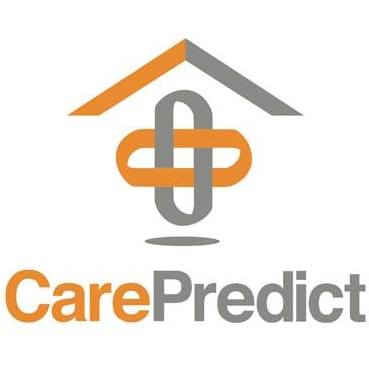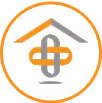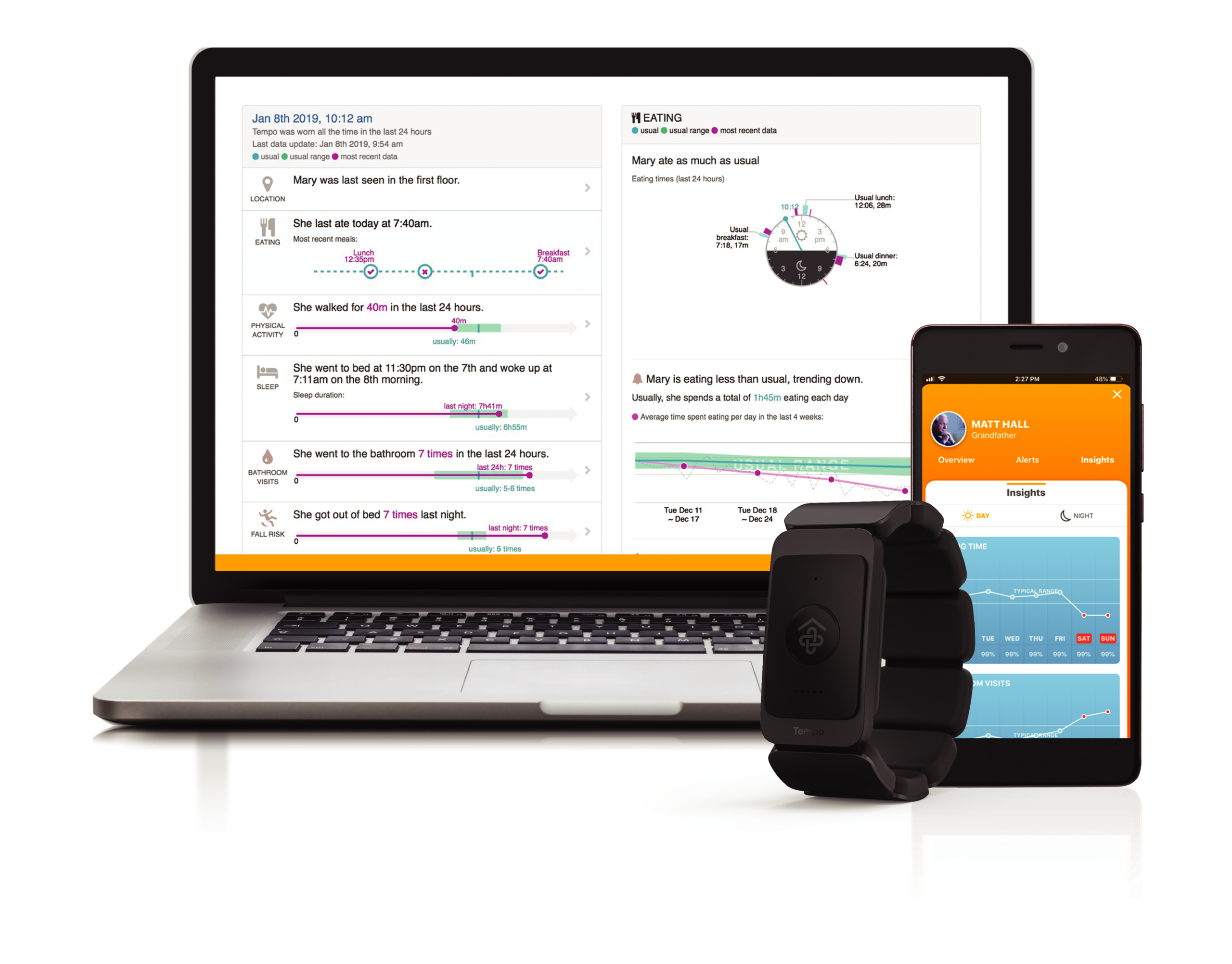Startup Raises $9.5 Million, Brings Predictive Health Tech Into the Home

Read this news story on Home Health Care News
By Bailey Bryant | January 15, 2019
Last week’s Consumer Electronics Show (CES) in Las Vegas was dominated by home health devices. One example, which showcases the increasing consumer and investor interest in at-home monitoring, is CarePredict.
The Florida-based health tech startup raised $9.5 million in Series A funding and has rolled out a new direct-to-consumer product, unveiled at CES.
The in-home product uses machine learning, wearables and kinematics to identify troublesome changes in seniors’ behavior. The goal is to prevent what could follow, whether depression, falls or UTIs.
The launch of CarePredict Home comes after the company pioneered similar technology in roughly 20 different senior living communities across North America and Japan, according to CarePredict Chief Business Officer Gerald Wilmink.
“After we commercialized this in the independent living, assisted living and memory care communities, we started getting a lot of interest in email from seniors and their loved ones in order to see if we could install this in their homes,” Wilmink told Home Health Care News. “Given that interest, we created a consumer version.”
The technology requires seniors to wear a sensor-laden device on their dominant wrist to track their movements and other environmental factors. After two weeks of learning the senior’s behaviors, such as eating and bathing, the device can notice changes.
Data then goes to an app, where loved ones can view it. The notion is changes to eating, sleeping or bathing patterns can act as red flags before vitals decline or falls occur.
Already, pilot partners are testing the consumer product. For example, CarePredict has partnered with Kindred Healthcare’s Lacuna Health, which is a 24/7, RN-led nurse hotline, Wilmink said.
“We’ve partnered with them given that the loved one taking care of this senior might not be constantly looking at data that’s provided on the CarePredict app,” Wilmink said. “This service would allow the Lacuna nurses to look at the data and make a call to the family in advance — or to the senior — and serve as an additional safety net.”
The technology also has further applications for home health companies.
“It’s essentially continuous data on the health of the senior, so when [caregivers] typically would show up once or twice or three times a day, they just would get individual data points on what’s going on there,” Wilmink said. ”Now [companies] would have continuous observation that would fill in the gaps and allow them to provide much better care.”
Combining seed funding, Series A and grant money, CarePredict has raised a total of $19.7 million.

Related News





